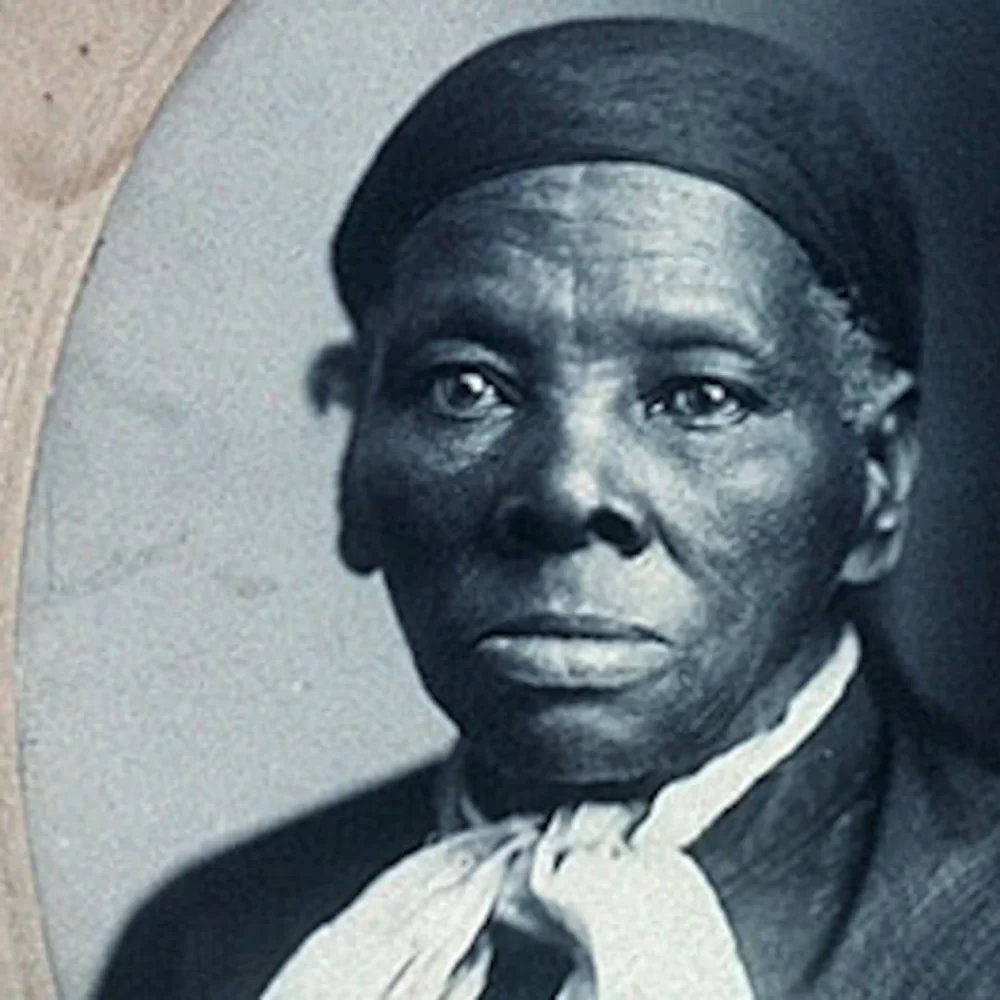Biography
Harriet Tubman: The Biography Of This American Black Abolitionist

Harriet Tubman was an Afro-American who was marked as one of the great names in American history for fighting against slavery. Read below to learn more about her!
Harriet Tubman was a black American abolitionist leader who was very important for the liberation of her people in the United States. Born enslaved, Harriet achieved liberation by escaping captivity on plantations, and large monocultures that used slave labor in the Americas. Through her determination and courage, she assisted hundreds of enslaved people to escape, becoming a symbol of resistance and struggle against oppression worldwide. At the end of her life, she also dedicated herself to the fight for women’s right to vote.
Table of Contents
Childhood And Youth

Originally named Araminta Ross and called Minty, Harriet was born in Maryland, northeast USA. There are no records of the exact day she was born, but it is assumed it was around 1820. The Brodess and Thompson families owned her parents, brothers, and sisters. Minty witnessed her sisters being sold as a child, an experience that left a deep impression on her.
She worked from an early age, performing various functions, first as a nanny and later in fieldwork. Around the age of 13, she suffered a severe blow to the head. When he was placed in the middle of a conflict between a foreman and a slave, a one-kilogram object hit him in the skull.
From then on, he developed neurological problems, such as severe headaches, seizures, and fainting. But during his fainting spells, he claimed to hear messages from “God”, which gave him enormous faith and spirituality throughout his life.
To avoid becoming the property of the Brodess, she married freed black man John Tubman but had no children with him.
Escape To Freedom
After the death of Edward, the owner and patriarch of the Brodess family, the sale of slaves on the farm became a possible reality due to debts.
Minty realized that she would be sold and separated from her family, so she decided to flee the farm in search of freedom. In 1849 she made the first escape with two brothers, but it was not successful and they were forced to return.
Later, on her own, she finally managed to escape slavery by walking a 100-mile path to Philadelphia, Pennsylvania. This escape is shrouded in mystery and she said that she would have been guided by visions and constellations. She also enlisted the help of abolitionists related to the so-called Underground Railroad, a secret route used by fugitive slaves.
After managing to free herself, she adopted the name Harriet Tubman, with Harriet being her mother’s name and Tubman being her first husband’s last name.
Help Free Slaves
Upon arriving in Philadelphia, he stayed there for a while, but soon missed his family and friends. So, she decided to return to Maryland to rescue them, especially her husband John. Back on the farm, she found her husband married to another woman and proposed to help them escape.
With this successful mission, Harriet gained more and more confidence. She performed several later rescues, working actively on the Underground Railroad network. The exact number of people who achieved freedom through Tubman’s efforts is not known, but some historians estimate that there were around 300 freed slaves.
Later in 1861, Harriet was active in the American Civil War against Southern slavers.
Her Achievements After Her Death
In the last years of her life, Harriet Tubman fought for women’s suffrage, pointing out that the courage and sacrifice of women in modern history fully justifies their equality with men. She died of pneumonia on March 10, 1913, buried with semi-military honors.
The Obama administration announced plans to make Harriet Tubman the first black person to appear on a U.S. dollar bill by 2020, but the Trump administration put the brakes on the plan and the bill was never released.
There are numerous memorial statues of Harriet Tubman in the United States scattered across the country. It is a testament to her iconic status in American national memory. The biopic Harriet by Kasi Lemmons released in 2019 feeds the image of a “Moses of the black people”. Moses is the name of the biblical prophet responsible for rescuing the Hebrew people from slavery in Egypt. Harriet earned this nickname about this biblical figure.
Also Check –

-

 Business4 years ago
Business4 years agoHow to Do Long-Distance Moves with Children
-

 Business3 years ago
Business3 years agoThe Ultimate Guide To Thriving In Your Printing Franchise
-

 Business3 years ago
Business3 years agoExploring The Benefits And Challenges Of Restaurant Franchising
-

 Tech4 years ago
Tech4 years agoCyber Table That Will Change Your Life
-

 Business5 years ago
Business5 years agoIs Guest Posting a Good Inbound Marketing Strategy?
-

 Lifestyle3 years ago
Lifestyle3 years agoDallas’ Hidden Gems: 6 Must-Try Restaurants Off The Beaten Path!
-

 Lifestyle3 years ago
Lifestyle3 years agoTop 10 Restaurant Franchises In The US
-

 Business3 years ago
Business3 years agoTop 10 Reasons You Should Invest In A Coworking Franchise

























Recent Comments